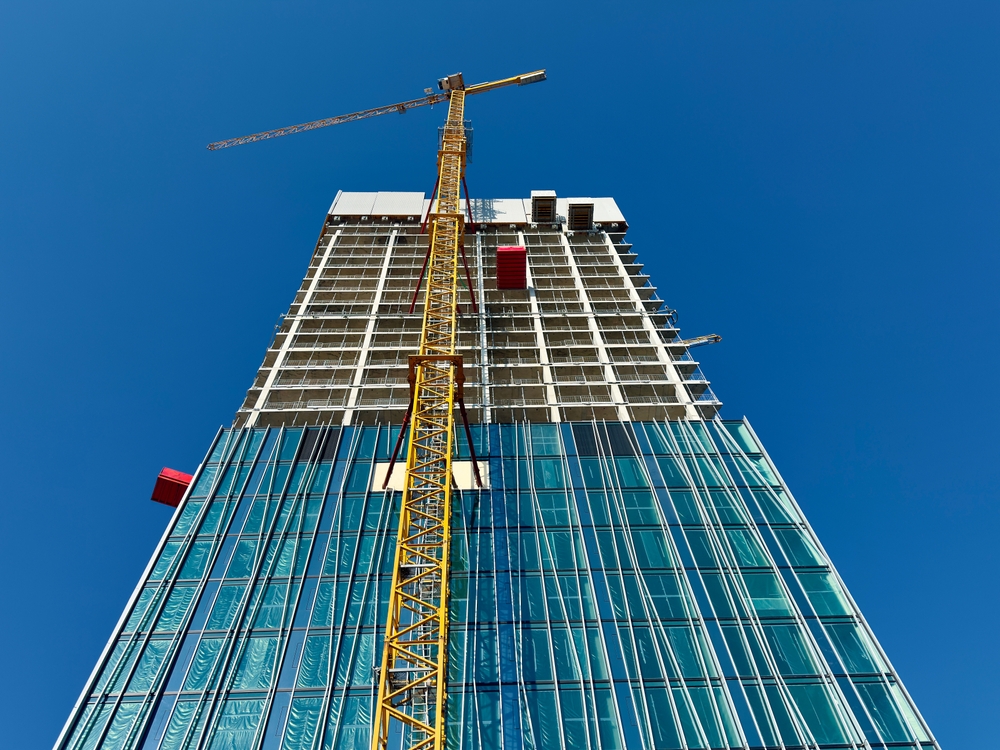The Role of Building Technologies in Creating Smart Workspaces
The Role of Building Technologies in Creating Smart Workspaces

Introduction
Building Technologies in Creating Smart Workspaces: Building technologies are revolutionizing the concept of smart workspaces, merging advanced systems with the latest innovations to create efficient, comfortable, and highly functional work environments. As businesses seek to enhance productivity and employee satisfaction, these technologies are playing a crucial role in reshaping how workspaces are designed, managed, and utilized. This blog explores the various ways building technologies are contributing to the development of smart workspaces.
Smart Building Systems: Enhancing Workspace Efficiency
Smart building systems are at the core of creating intelligent workspaces, providing solutions that optimize energy use, improve operational efficiency, and enhance the user experience.
- Energy Management: Advanced energy management systems use real-time data to monitor and control lighting, heating, and cooling. Smart thermostats and automated lighting systems adjust settings based on occupancy and external conditions, leading to significant energy savings and reduced operational costs.
- Environmental Controls: Integrated sensors and controls manage indoor air quality, temperature, and humidity. By ensuring a comfortable and healthy environment, these systems enhance employee well-being and productivity.
For more on how smart building systems can improve workspace efficiency, visit Energy Management Solutions.

Enhanced Security and Access Control
Security is a paramount concern in modern workspaces, and building technologies offer advanced solutions to ensure safety and streamline access.
- Surveillance Systems: High-definition cameras, motion sensors, and facial recognition technology enhance workplace security. These systems provide real-time monitoring and alerts, helping to prevent unauthorized access and ensure a safe working environment.
- Access Control: Smart access control systems, including keycard entry and biometric scanners, offer secure and convenient access to different areas of the workspace. These technologies simplify management and improve security by restricting access to authorized personnel only.
Explore more about modern security solutions at Security Technology.
The Impact of IoT and Automation
The Internet of Things (IoT) and automation are transforming smart workspaces by connecting devices and systems for seamless operation and enhanced functionality.
- IoT Integration: IoT-enabled devices allow for the collection and analysis of data from various building systems. This integration enables real-time monitoring and remote management, leading to more efficient operations and proactive maintenance.
- Automation: Automated systems control everything from lighting and climate to meeting room bookings and office equipment. By streamlining routine tasks, automation improves workplace efficiency and allows employees to focus on more strategic activities.
Collaborative Technologies: Facilitating Teamwork
Modern workspaces are increasingly focused on collaboration and flexibility, and building technologies support these needs with advanced solutions.
- Smart Meeting Rooms: Equipped with high-definition video conferencing, digital whiteboards, and interactive displays, smart meeting rooms enhance collaboration and communication among teams. These technologies facilitate seamless meetings and presentations, both in-person and remote.
- Flexible Workspaces: Technologies such as desk booking systems and space utilization analytics enable employees to reserve workspaces as needed. This flexibility supports dynamic work environments and helps optimize office space.
Learn more about collaborative technologies at Collaboration Solutions.
Sustainability in Smart Workspaces
Sustainability is a key focus for modern workspaces, and building technologies contribute to greener practices and reduced environmental impact.
- Energy-Efficient Systems: Smart HVAC systems, LED lighting, and energy-efficient appliances contribute to lower energy consumption and reduced carbon footprint. These technologies align with corporate sustainability goals and promote environmentally responsible practices.
- Green Certifications: Many smart workspaces aim for certifications such as LEED (Leadership in Energy and Environmental Design), which recognize buildings for their sustainable design and performance. Building technologies play a crucial role in achieving these certifications by supporting energy efficiency and resource management.
For additional information on green building practices, visit Green Building Council.
Conclusion
Building technologies are pivotal in creating smart workspaces that enhance efficiency, security, collaboration, and sustainability. By integrating advanced systems and innovative solutions, businesses can develop work environments that meet the needs of today’s dynamic workforce while contributing to long-term operational success.
To explore how building technologies can transform your workspace, visit AMS India.
Read more related articles to enhance your knowledge and make informed decisions
10 Essential Steps in the Building Construction Process
How to Choose the Right Materials for Your Construction Project








